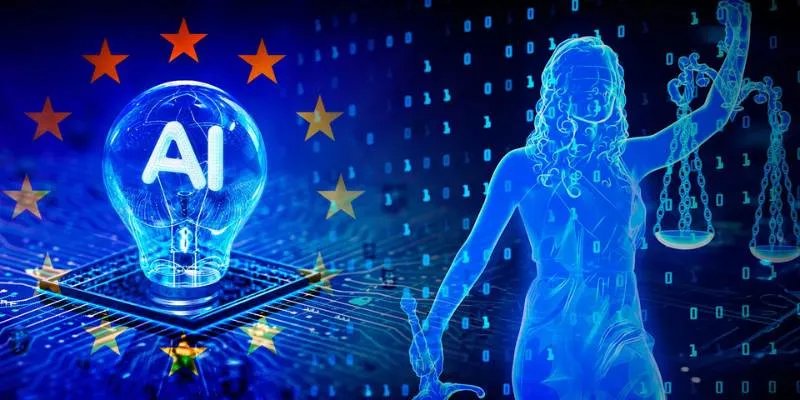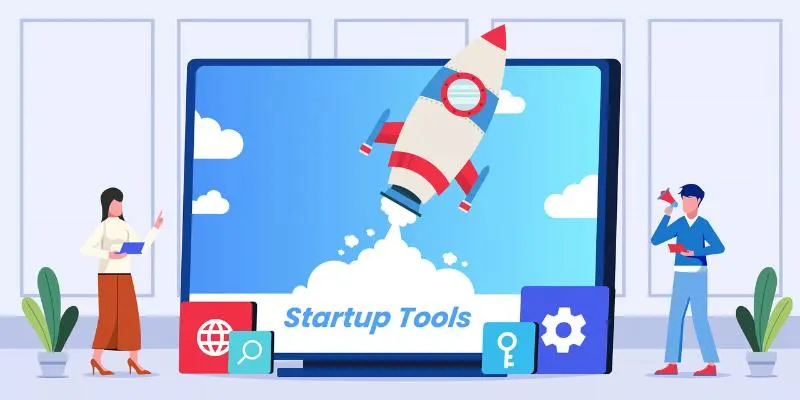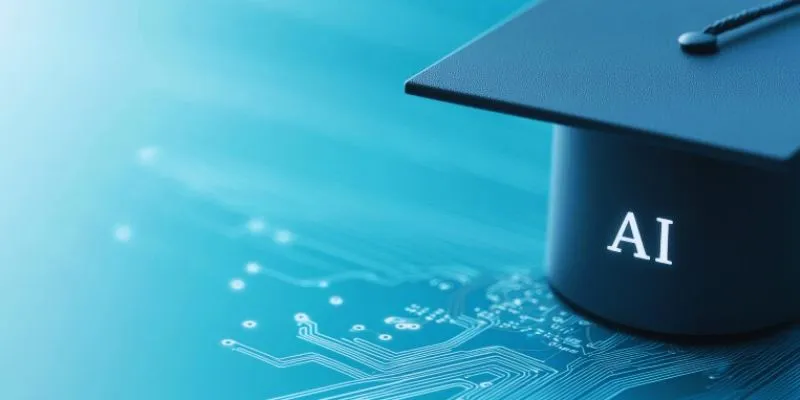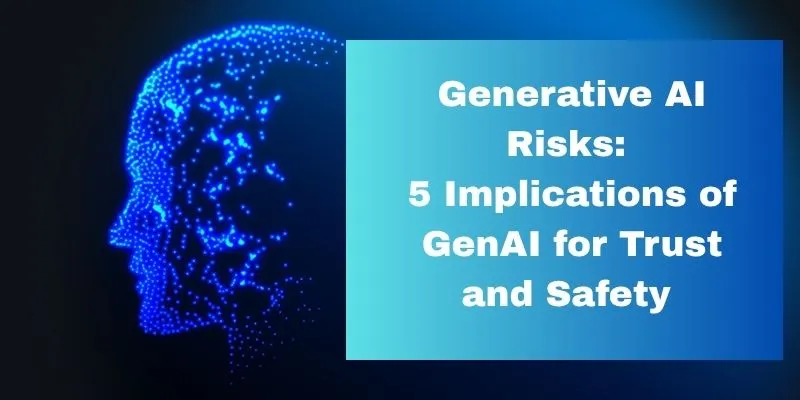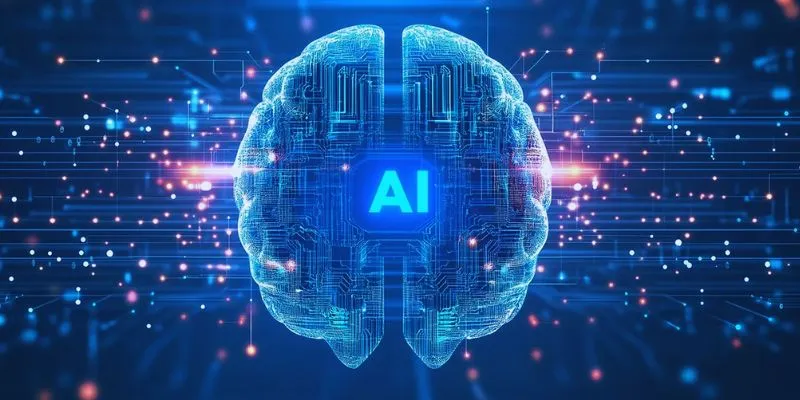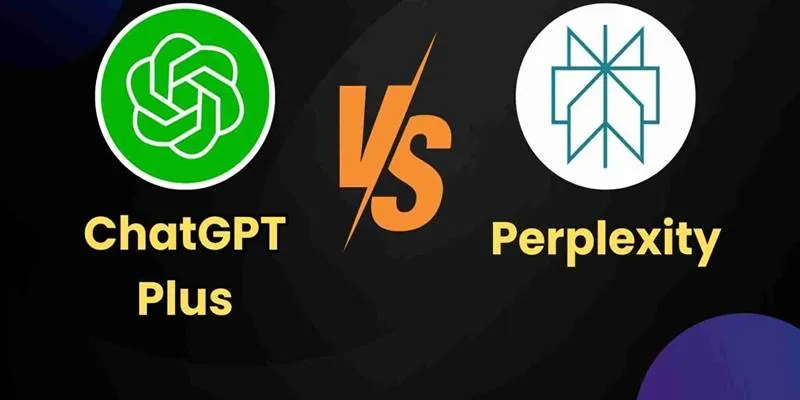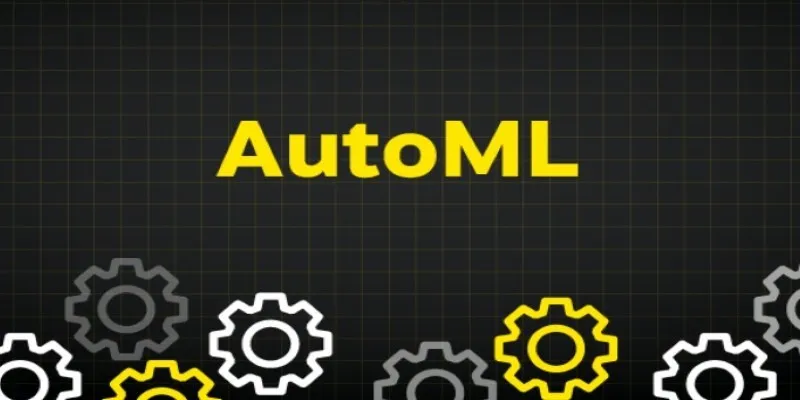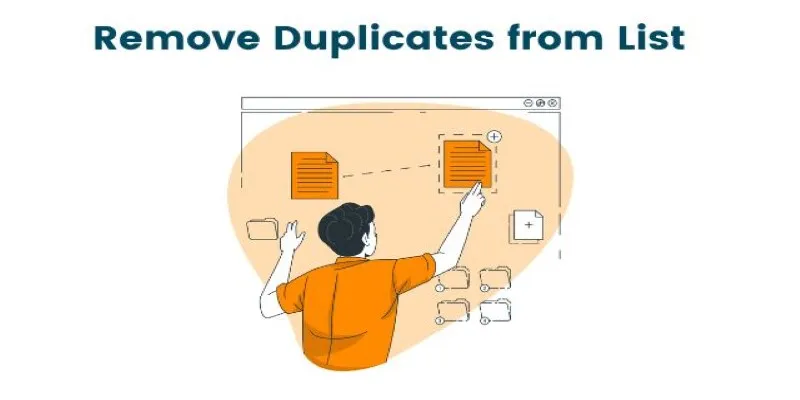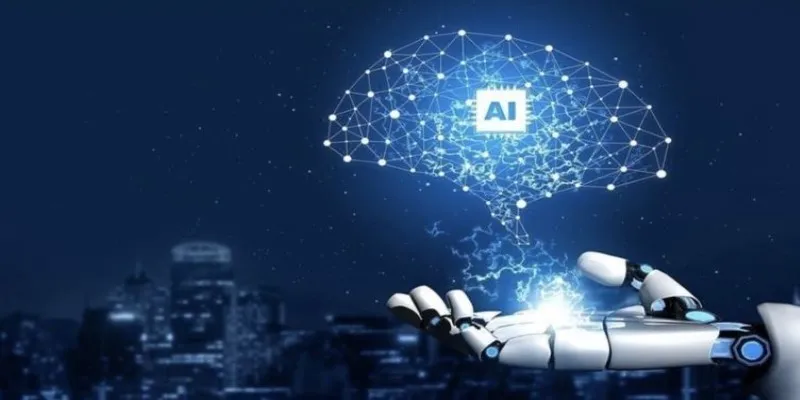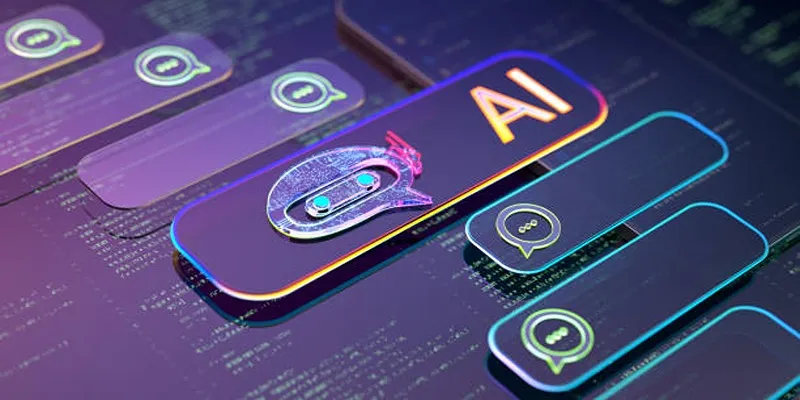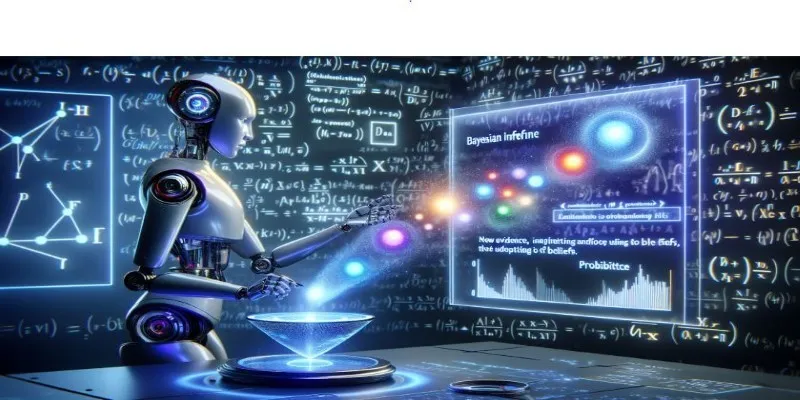At the 2025 Mobile World Congress in Barcelona, NTT and Nokia captivated audiences with an exciting vision for the future of connectivity and intelligence. Rather than focusing on incremental improvements, they introduced technologies aimed at making 6G networks intelligent from the outset. Their announcement wasn’t just about faster speeds, but about creating networks that can think, learn, and adapt alongside artificial intelligence.
Through live demonstrations, they illustrated how 6G could reshape industries, enable smarter devices, and reduce environmental impact. Their approach signals a shift toward networks designed not just to connect people, but to work intelligently with them.
A New Chapter: How 6G and AI Are Intertwined
NTT and Nokia’s vision for 6G goes beyond just boosting speed or capacity—it’s about making networks intelligent at their core. Instead of treating artificial intelligence as an add-on service, they’re integrating it directly into the infrastructure. This allows the network to predict demand, adapt in real-time, and optimize resources as conditions change. With this level of intelligence, 6G networks could remain stable under heavy loads, respond swiftly to sudden shifts, and deliver enhanced efficiency.

At the event, NTT demonstrated an AI-powered “network brain,” capable of autonomous decisions about bandwidth and computing power distribution. It monitored usage patterns in real-time, adjusting autonomously to maintain smooth operations. Nokia showcased intelligent radio access, with machine learning integrated into base stations. These base stations could communicate, adjust frequencies, and minimize interference without human oversight.
Their joint presentation emphasized that this integration isn’t just technical showmanship. It has real-world value for systems that depend on seamless coordination, such as connected city grids, remote medical operations, and fleets of autonomous vehicles. These applications demand ultra-reliable, lightning-fast networks, and AI-powered 6G aims to meet that need.
Technical Milestones and Demonstrations
The technology showcased at Mobile World Congress was not just conceptual. Both companies brought real, functioning prototypes and testbeds to the floor, offering a glimpse of what’s to come. One notable demonstration was their AI-native network slicing, which allows the physical network to be divided into independent virtual networks, each optimized for a specific task. For example, an industrial robot system can use a slice designed for stability and low delay, while a high-definition streaming service can operate on a slice tuned for large data throughput.
Nokia demonstrated hardware with advanced massive MIMO antenna arrays designed to handle higher connection densities while consuming less energy. These arrays, managed by AI-driven software, automatically adjust beam patterns and energy levels to changing demands. NTT introduced edge computing nodes, distributing processing closer to users, reducing data travel time across the network. This approach is crucial for applications like collaborative robotics and real-time telemedicine.
Energy efficiency was a key theme. As networks grow in complexity and scale, energy demands tend to rise. Both companies showcased AI algorithms that intelligently power down underused network parts during low demand, reducing costs and environmental impact. These developments aim to create a fast, capable, and sustainable network.
How 6G Could Redefine AI
The implications of these advances for artificial intelligence are significant. Current AI applications often face bandwidth and response time limits. With 6G’s lower latency and higher density, even modest devices will access powerful computation remotely without noticeable lag. This means more advanced AI can be deployed on everyday gadgets without bulky processors.

Industries heavily reliant on AI, such as autonomous driving, agriculture, and healthcare, could unlock capabilities previously held back by network constraints. Surgeons could collaborate on live operations from opposite sides of the globe with precise robotic instruments, farmers could use real-time drone swarms for irrigation and fertilization, and vehicles could communicate instantaneously, reducing accidents and traffic jams.
NTT and Nokia noted that this next-generation network will also enable faster, more distributed AI training. Rather than centralizing all learning in data centers, networks could spread the work across nodes, reducing bottlenecks and making large model training more efficient.
Looking Ahead: When Will 6G Arrive?
Although the technology unveiled at MWC 2025 shows what is possible, widespread 6G adoption is a few years away. Both NTT and Nokia suggested early commercial deployments could begin as soon as 2028, with broader rollouts in the early 2030s. Standardization processes, spectrum allocation, and manufacturing at scale are among the hurdles.
Collaboration beyond NTT and Nokia is essential. Governments, regulators, and industry players will ensure 6G meets safety, accessibility, and sustainability goals. Testbeds like those in Barcelona serve as proving grounds to address these challenges before the networks go live.
In the meantime, their work provides a clear direction: 6G is being built not just for speed, but as a platform where AI and connectivity evolve together. This alignment could redefine how both technologies serve people and industries in the coming decade.
Conclusion
NTT and Nokia’s 6G technology reveal at Mobile World Congress 2025 marks a step toward smarter, adaptive networks. Their showcase highlighted how 6G and AI will work together to enable self-managing systems, intelligent devices, and faster AI development. Though full deployment is years away, the event showed that the 6G era infused with AI is moving from concept to reality, laying the groundwork for transformative change.
 zfn9
zfn9
